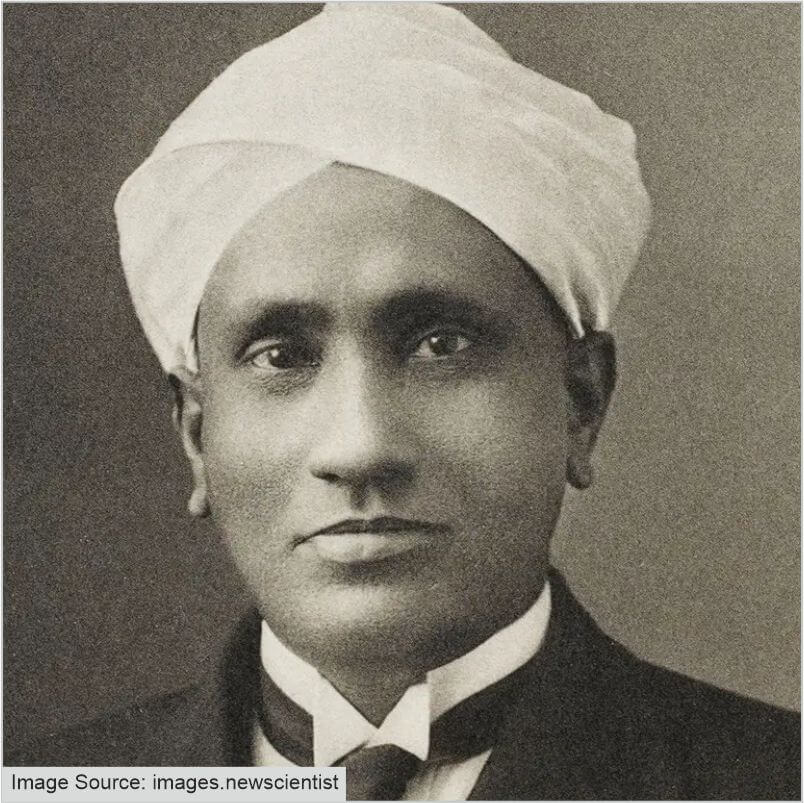To celebrate Sir C. V. Raman’s discovery of the Raman Effect, 28th February is annually celebrated as National Science Day in India. Sir C. V. Raman was awarded the Nobel Prize in Physics in 1930 for his contribution to the scientific community.
National Science Day is celebrated to spread a message about the importance of science used in the daily life of the people. To display all the activities, efforts and achievements in the field of science for human welfare. It is celebrated to discuss all the issues and implement new technologies for the development of the field of science and to allow the scientific-minded citizens in India and to encourage the people as well as popularize science and technology.

On this day, Schools and Colleges conduct events and competitions to encourage rational thinking and scientific pursuits among students.
To celebrate National Science Day, we are going to be looking at inventions and discoveries by Indian Scientists.
- Homi J. Bhabha - Cosmic Ray Theory
- A.P.J. Abdul Kalam - Satellite Launch Vehicle
- K. Radhakrishnan - Mangalyaan
- Jagadish Chandra Bose - Crescograph
- Tessy Thomas - Agni Missile
Cosmic Rays are the nuclei of hydrogen (the proton) that make up about 90 per cent of cosmic rays. Homi Bhabha worked out many theoretical mysteries about cosmic rays and gave his famous Bhabha-Hietler Theory on the Generation of Cosmic Rays. According to this, a high-energy electron passing through matter gave rise to a high-energy photon by the bremsstrahlung process and the photon in turn produced a pair of positive and negative electrons; these in turn led to further production of photons and the cascade process continued until the energy of the particles fell below a critical value. Bhabha’s contributions to understanding cosmic rays and nuclear reactions have had a profound impact on astrophysics and particle physics worldwide.
Besides being the 11th President of India, APJ Abdul Kalam was also a notable scientist who contributed greatly to India’s missile program. He also played a pivotal role in India's Pokhran-II nuclear tests in 1998. He was also the project director of India’s first satellite launch vehicle which successfully deployed the Rohini satellite in near-earth orbit in July 1980. His work contributed to both India’s defence as well as space mission.
K. Radhakrishnan is a living legend, shocking Indians and the global space community with his stellar work. He spearheaded India’s Mars mission, titled Mangalyaan, which was completed just within four years and with a relatively low cost of $74 million (?450 crore). To put it into comparison, the space movie, Gravity, was made with a budget of $100 million (Rs 650 crore).
Jagdish Chandra Bose contributed greatly to the investigation of radio microwave optics, made significant contributions to botany, and was a major force behind the expansion of experimental science on the Indian subcontinent. He is also considered the Father of Bengali Science Fiction. In the early 20th century, he invented the crescograph, which uses a series of clockwork gears and a smoked glass plate to record the movement of the tip of a plant (or its roots).
Tessy Thomas made history when she became the first woman to head a missile project in India. She was appointed by APJ Abdul Kalam himself for the project. She has contributed to the development of three missiles in India; namely Agni-III, Agni-IV and Agni-V.
Child Help Foundation greatly respects science and encourages students to pursue science. We have built Mini Science Centres which teach science to students through practical demonstrations and experiments.
Thank you for taking the time to read the article. Make sure to share it with your friends and family members
